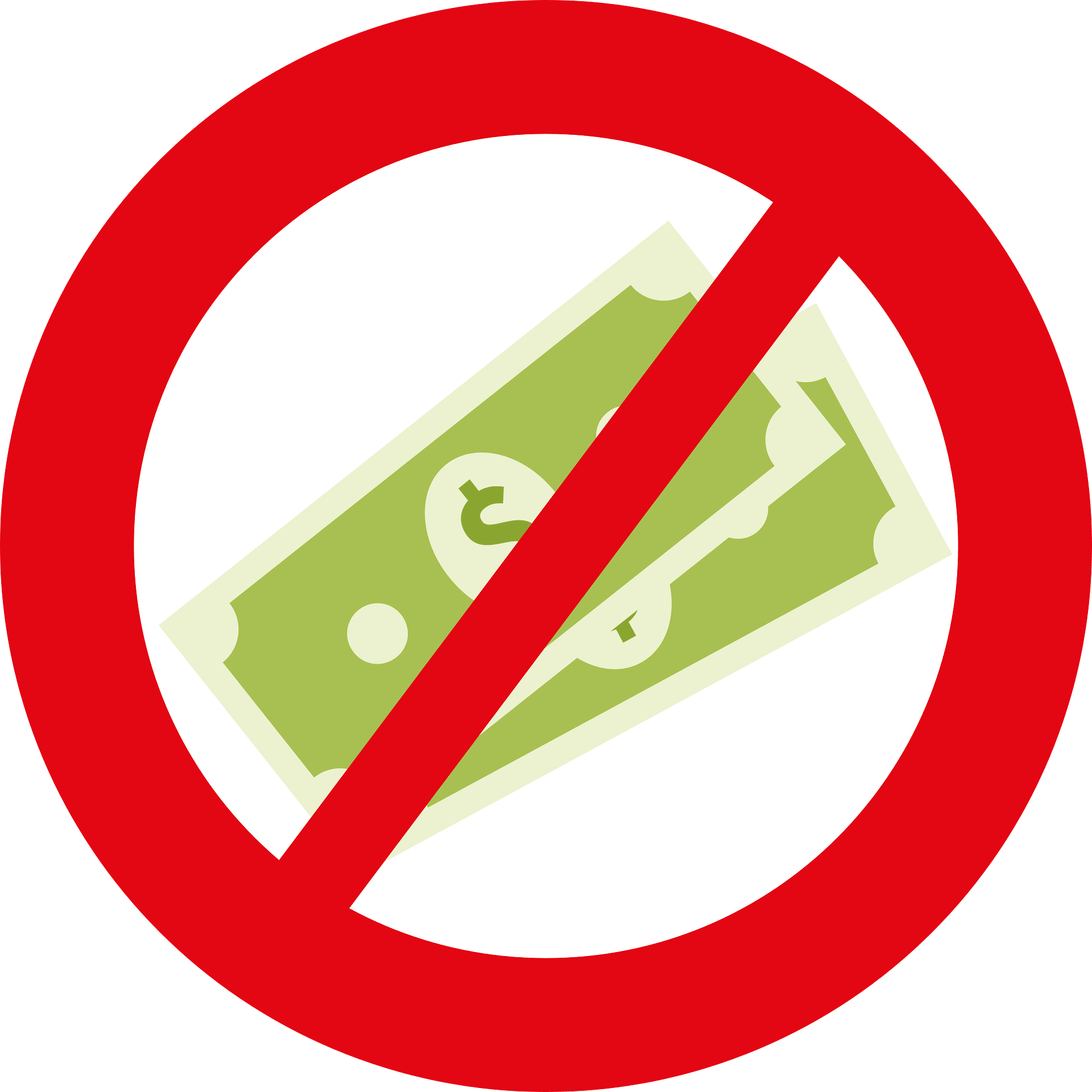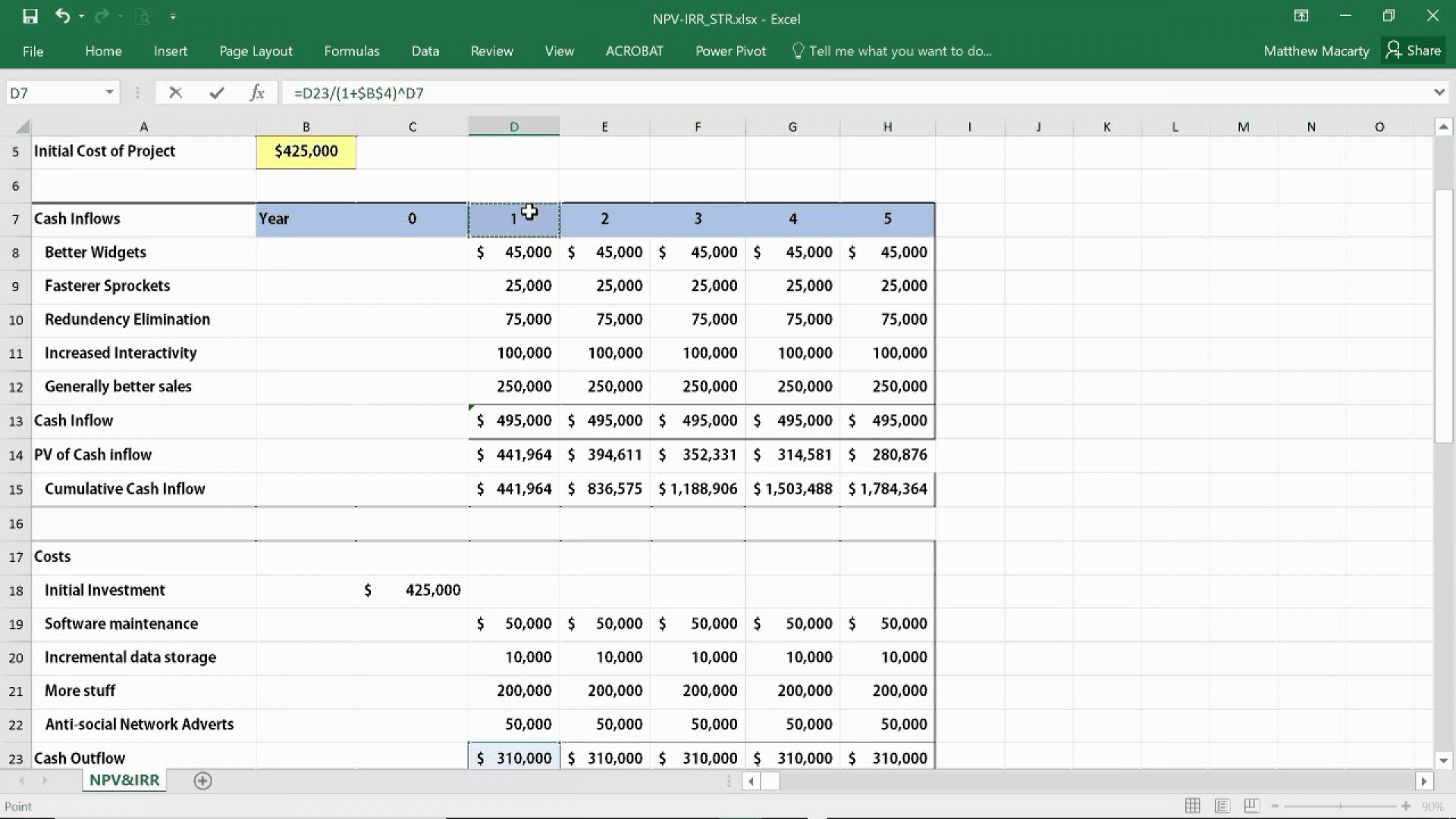For example, the Invesco Solar ETF tracks the MAC Global Solar Energy Index, which invests in companies involved in the solar energy industry. For exposure to wind energy stocks, you can invest in the First Trust Global Wind Energy ETF. The First berkshire hathaway letters to shareholders Trust NASDAQ Clean Edge Green Energy ETF invests in companies that track the performance of clean energy companies.
- This involves buying or selling energy for delivery at a future date at a price agreed upon today.
- Natural gas and coal are the two other key sources of global energy supply, but coal is forecasted to decline in importance over the next few decades due to its contribution to high carbon emissions.
- In addition to letting speculators bet on the anticipated price changes in energy commodities, energy derivatives also permit traders to hedge their risk exposure.
Furthermore, large power plants and natural gas producers would not be able to secure future revenue and financing for their operations. While speculating in the energy markets for profits can be quite risky, utilizing energy traders for hedging is needed to keep the market operating efficiently. Investing in stocks of companies within the energy sector is another way to gain exposure to energy prices. This can include oil and gas producers, renewable energy companies, and utilities.
Increasing electricity penetration
Energy traders connect people or companies that have energy with those who need it. For example, a power plant that produces electricity might sell it to a utility company that provides power to homes and businesses. The price of energy directly impacts the price of almost everything we consume including the clothes we wear, groceries, devices we use, How to buy cake electronics, and even the gasoline we put in our cars. The cost of heating and cooling our homes, factories, hospitals, businesses, and schools is determined by our energy consumption. However, as ETFs are usually comprised of a basket of stocks, they’re less volatile than individual company shares. CFD account holders don’t receive cash dividends, but dividend adjustments are made to CFD accounts to ensure the accounts are brought up to fair value.
Lawrence Pines is a Princeton University graduate with more than 25 years of experience as an equity and foreign exchange options trader greg shields’s “corporate finance for multinational banks and proprietary trading groups. In 2011, Mr. Pines started his own consulting firm through which he advises law firms and investment professionals on issues related to trading, and derivatives. Lawrence has served as an expert witness in a number of high profile trials in US Federal and international courts. In this energy commodity guide, we explain what types of energy commodities make up the energy market. Economic growth, industrial activity, and consumer spending all influence energy demand. A strong economy generally leads to increased energy consumption and higher prices, while a weak economy can result in decreased demand and lower prices.
Renewable Energy Certificate (REC) Platforms
These include financial analysis abilities, risk management expertise, market research proficiency, and a deep understanding of energy markets and commodities. In addition to these technical skills, a good energy trader should also have strong maths and statistical capabilities, as well as self-discipline. Energy trading involves the exchange of energy commodities through various financial instruments, which allow traders to speculate on their future price movements.
Introduction to the World of Electricity Trading
This led to increased demand for alternative energy supplies, and the price of oil increased acutely. Supply, demand, macroeconomic and geopolitical factors are some of the key determinants of the price of energy assets. Your position will be opened at a fraction of the value of the total position size, but you can gain or lose money much faster than you might expect. Your losses can exceed the initial margin that you paid because potential profits and possible losses are magnified to the full value of the trade.
When added to emissions trading programs, these design features can help balance efficiency in emission reductions with other program goals related to when, how, and where emission reductions occur. Program approaches have evolved to ensure emissions reductions during certain periods or at specific locations. In some emissions trading programs, such as those under the Cross-State Air Pollution Rule (CSAPR), the emissions caps decrease over time in phases.
The introduction of futures contracts allowed traders to buy and sell energy at agreed prices for the future. Renewable energy sources, such as wind and solar power, have a significant impact on the wholesale electricity market. They can reduce the price of electricity by increasing the supply of electricity and reducing the demand for fossil fuels. Furthermore, private generation by renewables (e.g., roof-top solar panels on a home) can be sold back to the grid in many cases, in what is known as net metering. However, the variability of renewable energy can also cause instability in the market, as energy supply can fluctuate depending on weather conditions. Still, the price of renewable electricity has come down significantly over the past several years, making it just as, or even more, affordable as fossil fuels.
If oil prices change, the payment owed by the oil company adjusts accordingly. This contrasts with fixed cash flows, which remain the same no matter how much the price changes. In this market, energy trading solutions like futures contracts, swaps, and options are commonly used.


